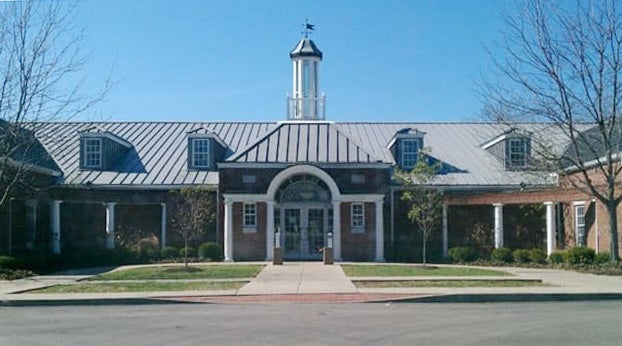MCCANN: Artists depict the reality of being black in America
Published 11:43 am Friday, June 5, 2020

- Bill McCann
|
Getting your Trinity Audio player ready...
|
In these days of chaos and protest, in these days when people are standing together to call forth the better angels of our nature in protests across the country, it is important to let artists lead us.
The arts and artists have long led us: from the slave narratives of Fredrick Douglass and William Wells Brown to the song “Lift Every Voice and Sing” by James Weldon Johnson, to the novels “Their Eyes Were Watching God” by Zora Neale Hurston and “Invisible Man” by Ralph Ellison, to the films of Spike Lee, to the solo works of Anna Deavere Smith and the Pittsburg Cycle plays by August Wilson, African-American perspectives on race have been reflected in the worlds created through the words of poets, writers, playwrights, filmmakers and others.
By way of introduction: I am white. So, for hundreds of years my color has been enough to establish my rights.
My family for generations has lived in this community, and several of those generations owned other people. What a horrible legacy to have to live with.
I and many others still have lessons to learn about race and equity.
Writers such as Frank X. Walker and Michael Harriot are well suited to teach those willing to learn.
Walker, originally from Danville, is a professor of English at the University of Kentucky. He has written poetry, plays and essays that challenge desired white realities in gentle ways that sometimes have a hard punch.
Walker, the author of 10 books, was the originator of the term Affrilachian and is a former Poet Laureate of Kentucky.
Amy Cooper, a white female, was asked by an unrelated African-American male birdwatcher, Christian Cooper, in New York’s Central Park, to leash her dog. Instead, she called the police. That is the background for Walker’s “Twelve Things Amy Believed She Knew:”
1. The posted park rules were for everybody else.
2. A black man could not tell her what to do or film her not doing it.
3. Central Park was built for white women and dogs and not black bird watchers.
4. If she threatened to call the police, the black man would flee.
5. If she made herself sound afraid, breathless and very vulnerable on the phone, the police would come even faster.
6. The primary purpose of the police is to serve and protect, her.
7. If she said African-American enough times, the dispatcher would expedite assistance.
8. When the police arrived, they wouldn’t ask questions.
9. When the officers saw her skin, they’d know who was right.
10. They would pull out their guns, extinguish the threat and say he resisted arrest.
11. Even if people saw the video, nobody would see how well she understood the game.
12. He would lose his freedom or even his life before she lost her dog or her job.
In a Washington Post op-ed titled, “Amy Cooper is the kind of white woman black families warn their children about,” journalist, podcaster and spoken word poet, Michael Harriot writes powerfully about Amy Cooper and how such women have long impacted life for black Americans:
“Amy Cooper’s act of violence was noteworthy only in that it was caught on tape. I was lucky enough to learn it in a community college library, unlike the 100 or more black people massacred in Ellenton, S.C., when Lucy Foreman Harley claimed she was attacked by two black men in 1876; or how a white girl’s screams sparked the 1921 Tulsa massacre …
“The menace of whiteness is an always-present stalker of black children waiting for them to forget the slightest of these life-preserving teachable moments. Like most black parents, I have handed down these lessons to my children. I have coached them on how to announce their intentions to move before reaching for a driver’s license in the presence of a police officer. I have lectured them on how to present themselves as nonthreatening when in a parking lot or elevator.
“All of these lessons are centered on how to make white people feel comfortable, why their existence often makes white people feel uncomfortable, and why they must learn these lessons or die.
“And sometimes, the ‘or’ is replaced by ‘and.’”
Bill McCann is a playwright, poet, flash fiction writer and teacher who writes about arts events and personalities. He can be reached at wmccann273@gmail.com.





